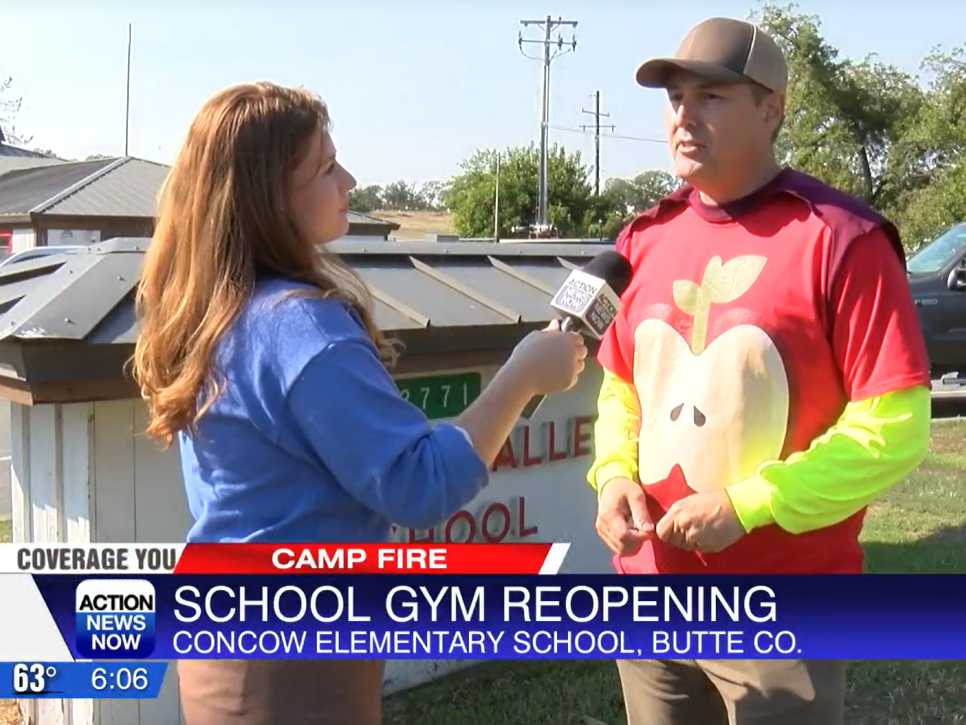In the era of advanced technology, artificial intelligence (AI) has become increasingly sophisticated, permeating various aspects of our lives. One area where AI has made significant strides is in writing, with AI-powered language models capable of generating coherent and convincing content. However, with this rise in AI-generated writing, concerns about its detection have emerged. Can AI writing be detected? Are schools equipped to uncover AI-written assignments? Which websites offer tools to detect AI-generated content? In this blog post, we will explore these questions and shed light on the best AI writing detector available.
Can AI Writing Be Detected?
Artificial intelligence has come a long way in producing human-like text, blurring the lines between genuine and AI-generated content. Detecting AI writing poses a challenge, as these advanced algorithms are designed to mimic human language and style. However, researchers and technology experts have been working on developing methods to identify AI-written text. By analyzing patterns, syntactic structures, and semantic cues, detection algorithms can flag suspicious content. Additionally, differences in writing styles, grammatical errors, and inconsistencies may give away AI-generated writing. While it is difficult to detect AI writing with certainty, progress is being made in this field, ensuring a fair and transparent writing landscape.
Can Schools Detect AI Writing?
As the prevalence of AI writing increases, schools face the challenge of determining whether student assignments are genuinely their own work or AI-generated. Teachers and educators rely on their expertise and familiarity with their students’ writing styles to identify inconsistencies or discrepancies. However, as AI models become more advanced, traditional methods of detection may become less effective. To combat this, educational institutions are exploring specialized tools and software designed to detect AI-generated content. These tools employ algorithms that analyze linguistic patterns, grammatical errors, and other indicators to identify AI-written work. Implementing such technology assists schools in ensuring academic integrity and upholding ethical writing practices.
What Website Detects AI Writing?
Several online platforms and websites offer tools to detect AI-generated content. These websites leverage AI themselves to identify potential instances of AI writing. By comparing the analyzed text against extensive datasets, linguistic patterns, and style markers, they provide users with insights into the likelihood of AI involvement. Some websites also offer browser extensions that can scan web content and indicate the probability of AI-generated writing. These tools serve as valuable resources for individuals, educators, and organizations seeking to distinguish between human and AI-generated text. However, it is essential to note that these detectors are not foolproof and should be used in conjunction with other assessment methods for reliable results.
Which Is the Best AI Writing Detector?
When it comes to determining the best AI writing detector, several factors must be considered. The effectiveness of a detector depends on its accuracy, comprehensiveness, and adaptability to evolving AI technologies. While there are numerous options available, it is challenging to pinpoint a single best detector. However, some detectors have gained prominence in the field, offering reliable results and a user-friendly experience. Plagiarism detection tools like Turnitin and Grammarly are widely used and have incorporated AI writing detection capabilities. Additionally, AI21 Writer’s Detox, Copyscape, and Unicheck are popular choices that employ sophisticated algorithms to flag AI-generated content. Ultimately, the selection of the best AI writing detector depends on individual needs and preferences, considering factors such as cost, features, and integration with existing systems.
Summary
As AI writing becomes more prevalent, the need to detect AI-generated content becomes crucial. Although AI writing detection is a challenging task, progress is being made in developing algorithms and tools to identify AI-generated text. Educational institutions are actively seeking solutions to maintain academic integrity, while websites and platforms provide valuable resources to detect AI writing. While no single detector can be considered the best, options such as Turnitin, Grammarly, AI21 Writer’s Detox, Copyscape, and Unicheck offer reliable AI writing detection capabilities. By harnessing these tools and combining them with human expertise, we can navigate the evolving landscape of AI writing with confidence and integrity.



